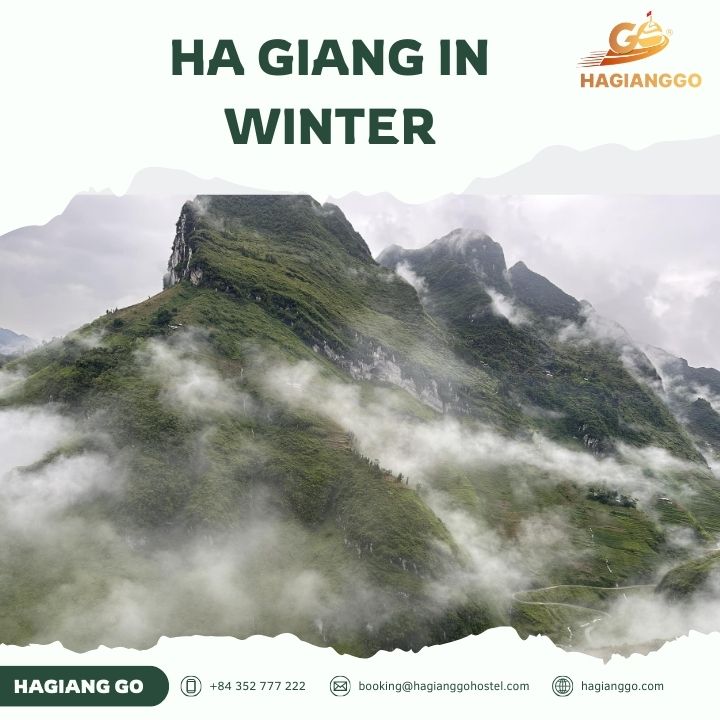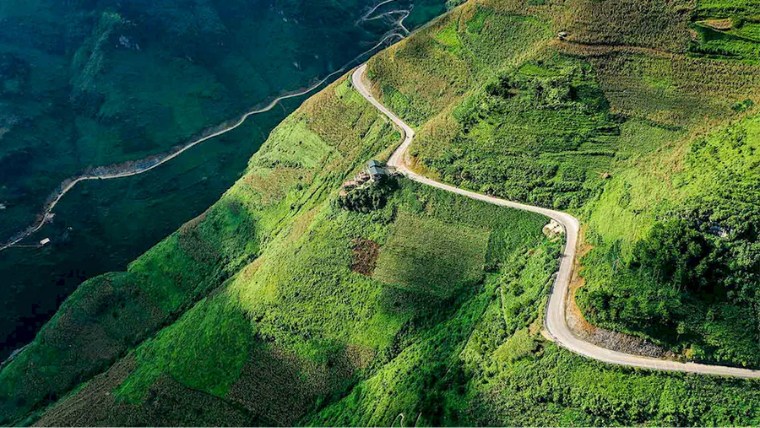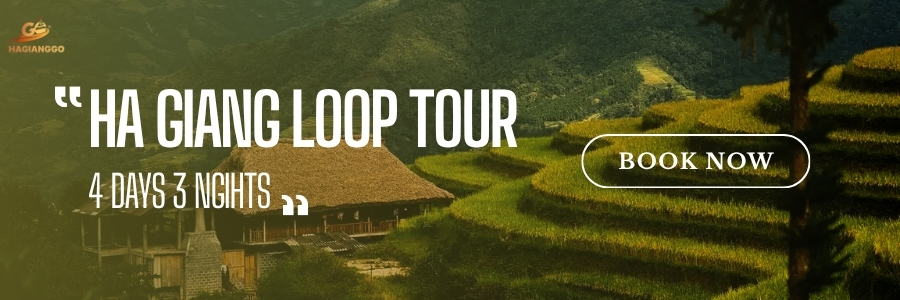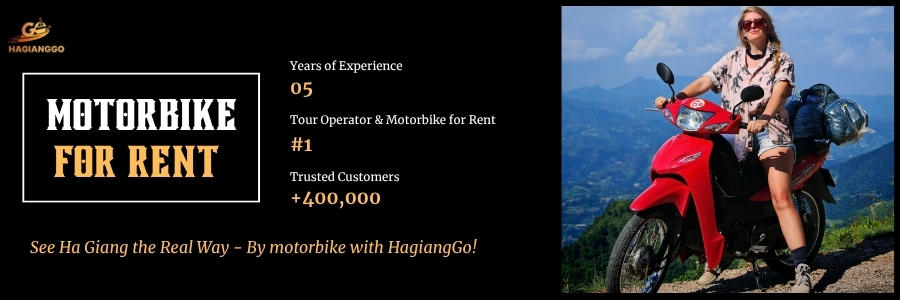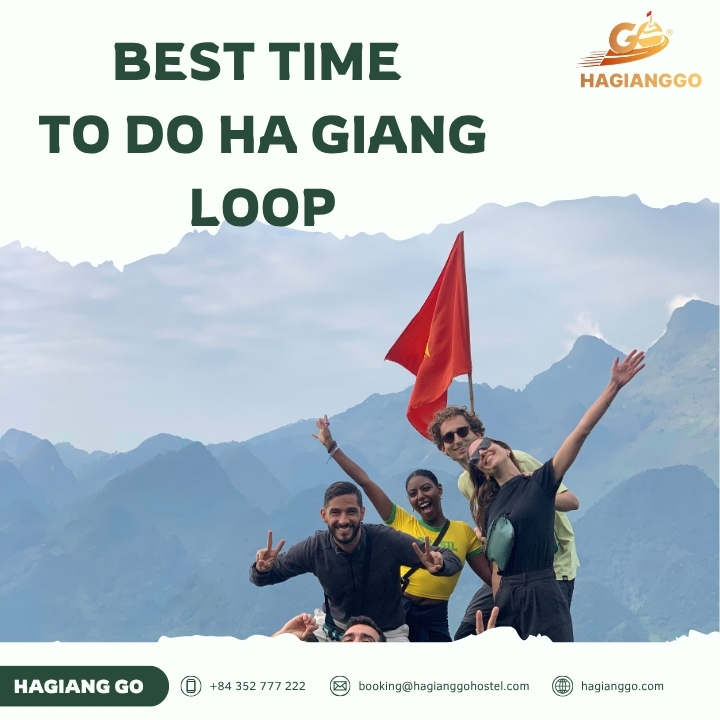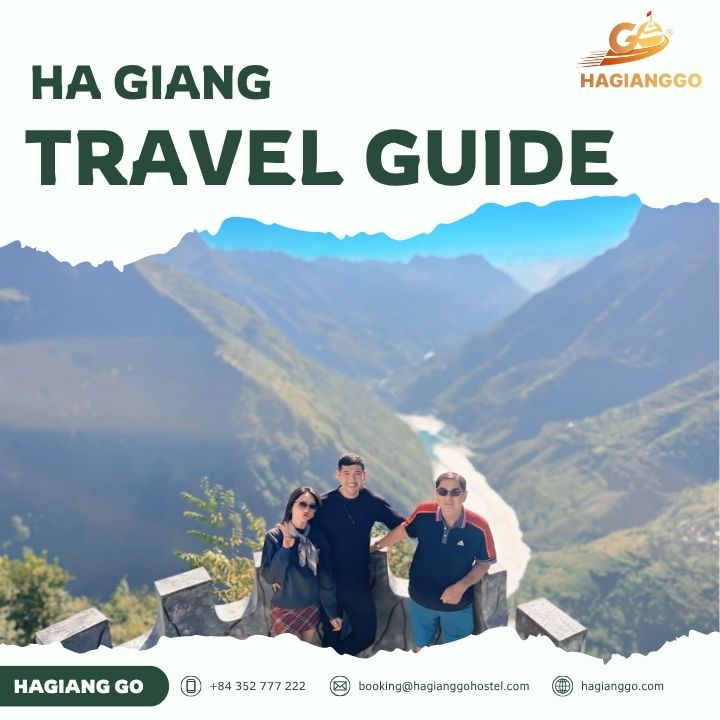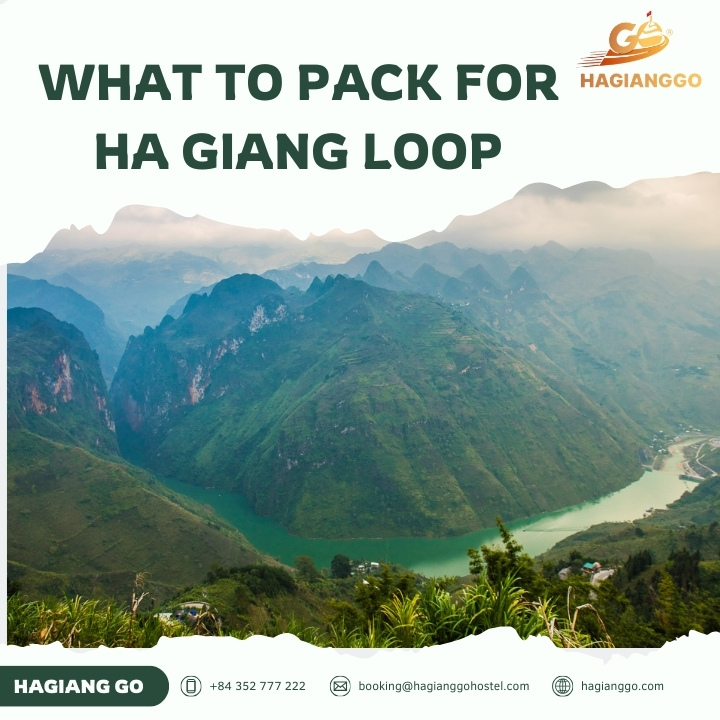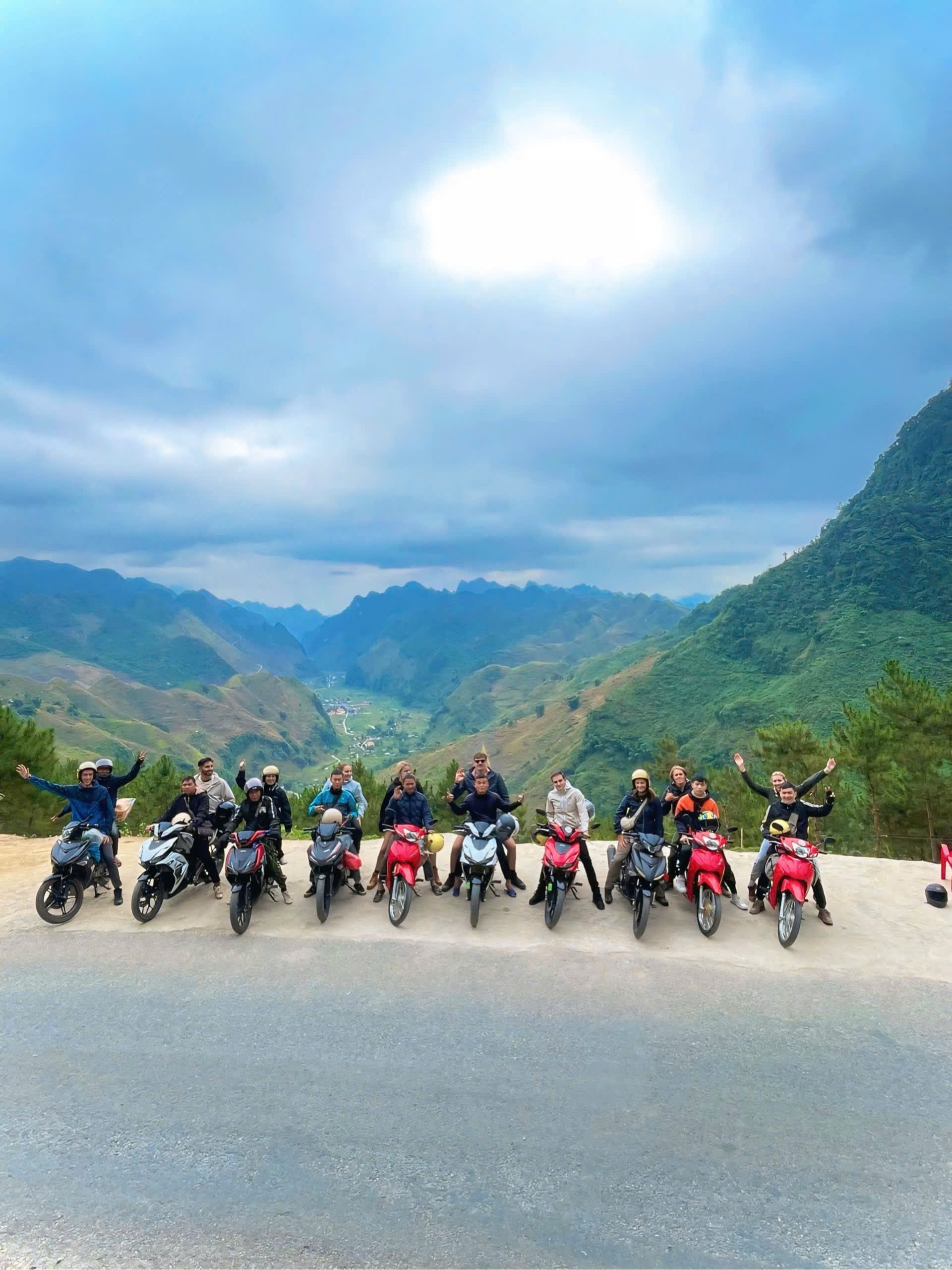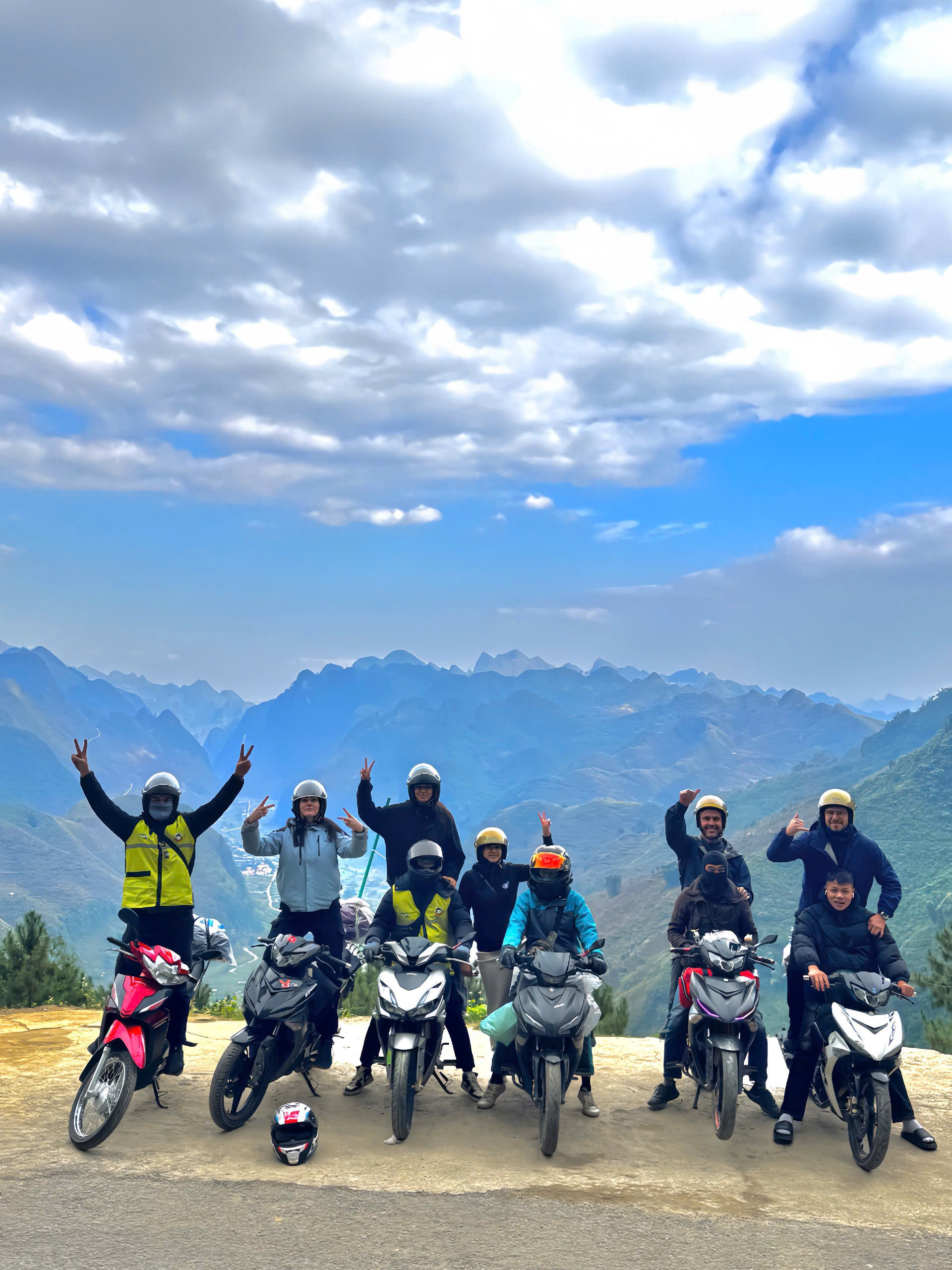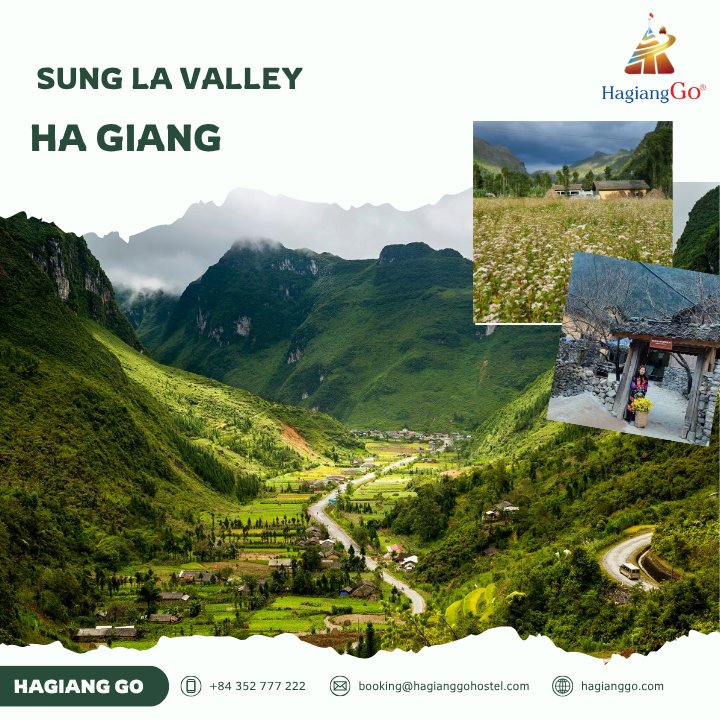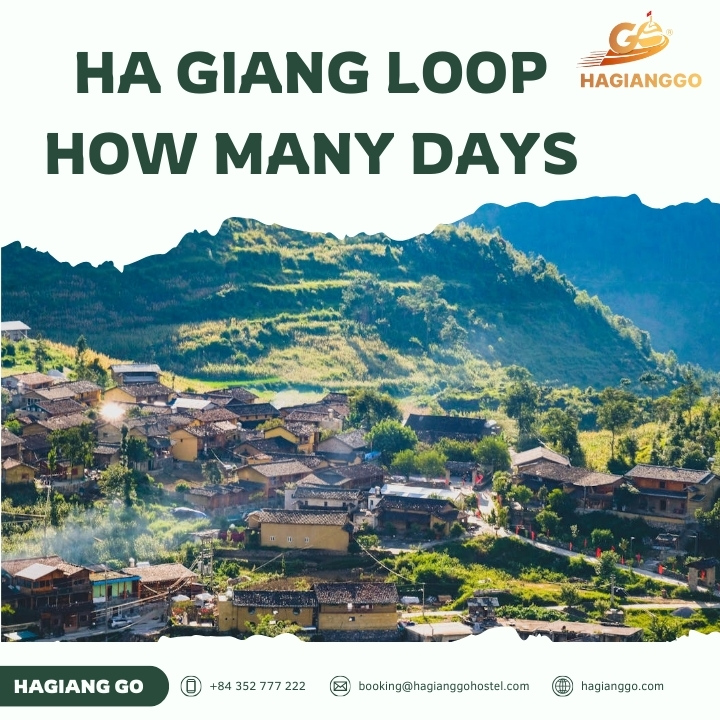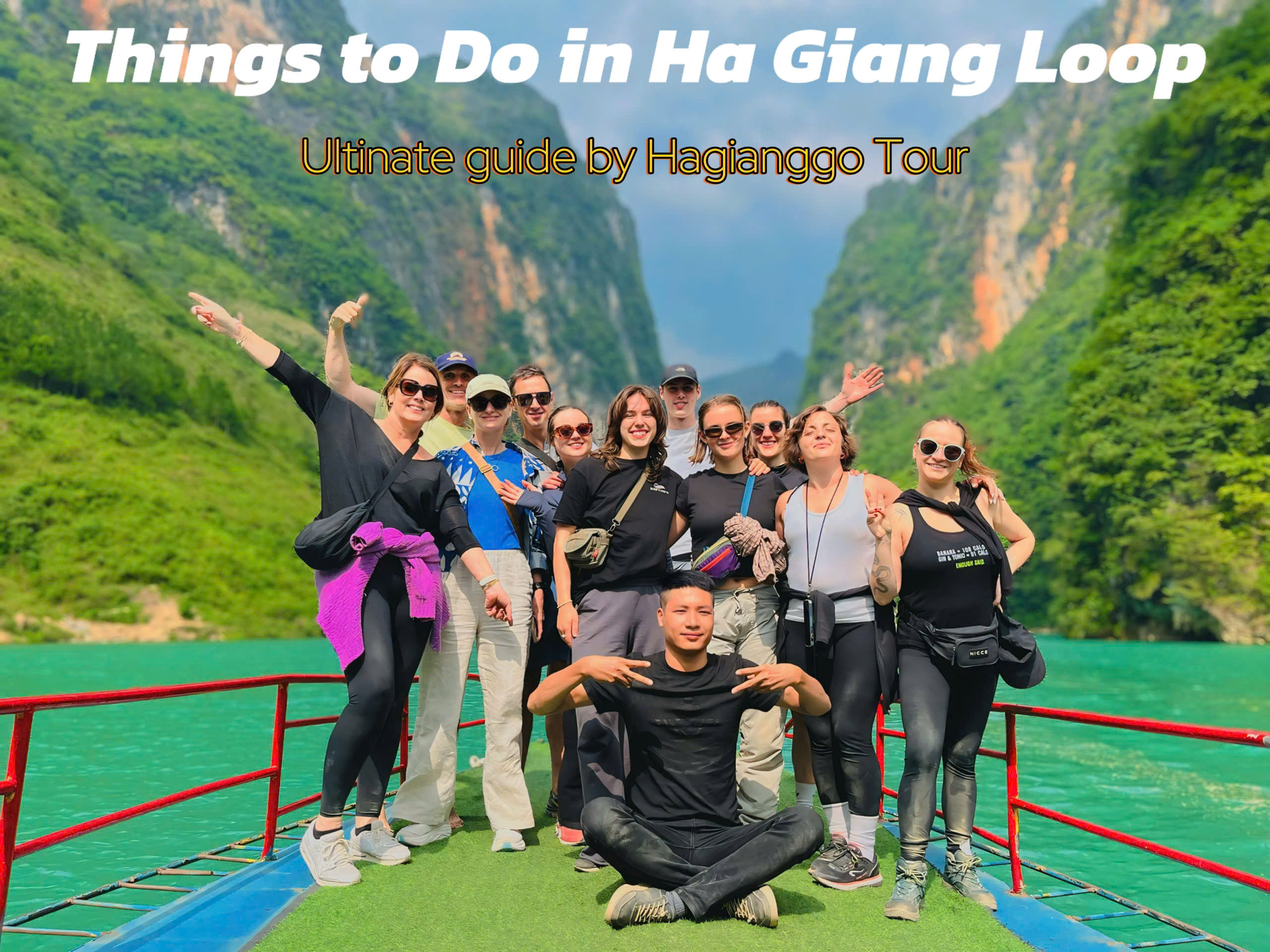Ha Giang is a name that stirs the soul of every adventurous traveler in Vietnam. Famous for its jaw-dropping karst mountains, winding passes, and vibrant ethnic cultures, Ha Giang is often described as the last frontier of northern Vietnam. While most visitors dream of seeing Ha Giang’s terraced fields in autumn or its buckwheat flowers in spring, a growing number of travelers are discovering the magic of Ha Giang winter - a time when the region transforms into a mystical wonderland of mist, silence, and striking natural beauty.
In this comprehensive guide, you’ll find everything you need to know about visiting Ha Giang during the winter months: from weather conditions, top attractions, local delicacies, and practical travel tips, to unique cultural experiences you won’t find anywhere else. Whether you’re an intrepid explorer, a photographer searching for ethereal landscapes, or a culture enthusiast, Ha Giang in winter offers an unforgettable journey into the heart of Vietnam's highlands.
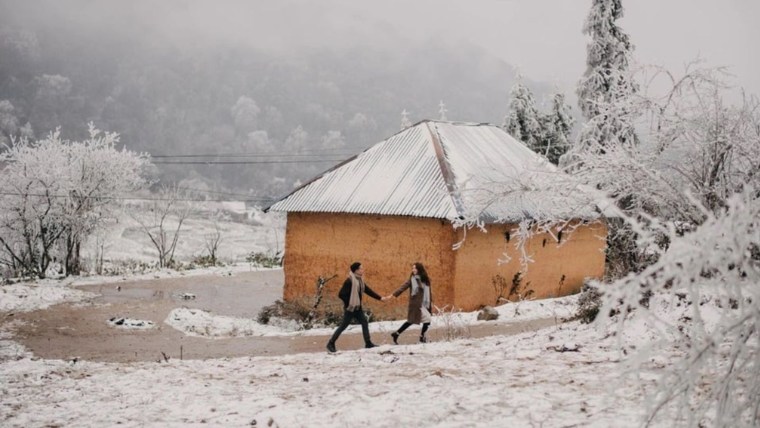
Why Visit Ha Giang in Winter?
Ha Giang is captivating all year, but winter (from November to February) reveals a different, enchanting side of the region. The chilly air carries the scent of wood smoke, morning mists drift through the limestone peaks, and local villages feel even more isolated and authentic. There are several compelling reasons why experiencing Ha Giang in winter is a must for adventurous travelers.
- Fewer tourists: Winter is Ha Giang’s low season, so you’ll have the mountain passes, local markets, and remote villages almost to yourself.
- Mystical landscapes: The interplay of fog, frost, and golden light creates otherworldly scenes that you won’t find in any other season.
- Unique festivals: Ethnic minorities celebrate several winter festivals, offering a rare window into local traditions and vibrant community life.
- Winter delicacies: Local food is healthier and more comforting in the cold months, with specialties only available in winter.
- Authentic experiences: The cold brings villagers closer, fires are lit in every home, and the pace of life slows down, letting you truly connect with the essence of Ha Giang.
Ha Giang Winter Weather: What to Expect
Understanding the weather is key to planning your Ha Giang winter trip. The region’s climate is shaped by its northern latitude and mountainous terrain.
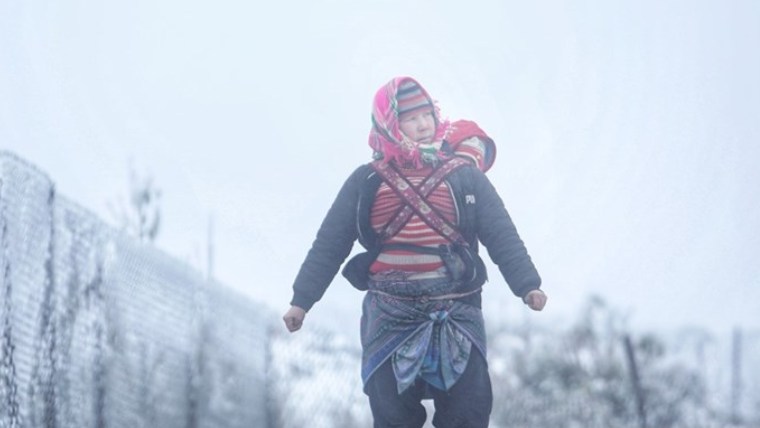
Typical winter temperatures:
- Daytime: 10°C to 18°C (50°F to 64°F)
- Night: 3°C to 10°C (37°F to 50°F), but can drop to 0°C or below in high mountains.
Read more: Ha Giang Loop in December: A winter wonderland adventure in Vietnam's far north
Weather features of winter in Ha Giang:
- Fog: Early mornings and evenings are often shrouded in thick mist, which adds to the region’s mysterious beauty.
- Frost: In December and January, frost sometimes appears in high-altitude areas like Dong Van and Meo Vac, creating a magical, silvery landscape.
- Dry Air: Unlike the rainy summer months, winter in Ha Giang is mostly dry, making it ideal for trekking and outdoor exploration.
- Shorter Days: Plan your activities carefully, as daylight hours are limited.
- Travelers should dress in layers, as the weather can change quickly, especially at higher elevations. Bring a quality windproof and waterproof jacket, as well as gloves, a warm hat, thermal socks, and sturdy shoes.
Read more: Ha Giang weather guide: What to expect in each season?
Top Best Things to Do in Ha Giang in Winter
Conquer the Legendary Ha Giang Loop
No visit to Ha Giang is complete without experiencing the Ha Giang Loop - a 350km circular route famous for its dramatic scenery and hairpin bends. The loop passes through some of Vietnam’s most spectacular landscapes, including Ma Pi Leng Pass, Dong Van, Meo Vac, and Quan Ba.
Why is the loop special in winter?
The cold weather means clearer skies on some days and thick, low-lying clouds on others, creating an ever-changing panorama. The lack of crowds lets you savor every view in peace. If you ride a motorbike, be prepared for slippery roads, especially early in the morning when frost or moisture may linger.
Highlights along the Ha Giang Loop:
- Ma Pi Leng Pass: Widely considered the king of Vietnam’s mountain passes, Ma Pi Leng offers dizzying views of the Nho Que river winding through a deep canyon. In winter, the pass is often enveloped in mist, but when the clouds part, the vistas are unforgettable.
- Quan Ba Heaven Gate: The gateway to the Dong Van Karst Plateau, this viewpoint overlooks the “Fairy Bosom” mountains and the valley below. Early morning is the best time for photography, as the sun rises above the fog.
- Meo Vac: This remote town is a center for ethnic minority markets, especially lively during winter when villagers from surrounding hamlets gather to trade goods and celebrate festivals.
- Yen Minh Pine Forest: A rare stretch of pine trees in northern Vietnam, the forest is tranquil and fragrant, with a peaceful atmosphere perfect for a winter walk.
Read more: Ha Giang Travel Guide: Vietnam's Northern Frontier Adventure
Explore the most breathtaking tourist attractions in Ha Giang
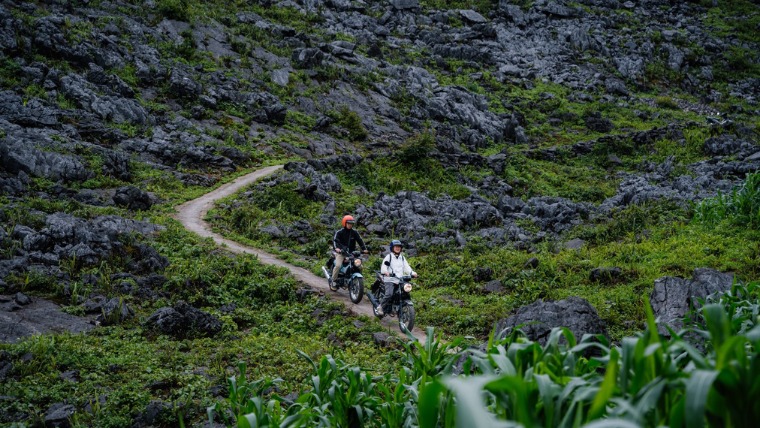
- Dong Van Karst Plateau: A UNESCO-listed site, the Dong Van Karst Plateau is a geological treasure chest and a living museum of ethnic minority cultures. The plateau’s unique landscape is carved from ancient limestone and dotted with picturesque villages.
- Dong Van Old Quarter: This charming old town, with its stone houses and narrow lanes, is particularly atmospheric in winter. The cold weather makes local herbal teas and hot meals even more inviting.
- Lung Cu Flag Tower: Marking Vietnam’s northernmost point, this iconic flagpole stands sentinel over the border with China. The climb to the top can be bracing in winter, but the views of cloud-shrouded valleys are well worth the effort.
- Ethnic markets: Dong Van hosts a vibrant Sunday market where Hmong, Tay, Dao, and other groups gather. In winter, locals sport their warmest, most colorful traditional clothing, turning the market into a living tapestry of culture.
Visit the Hmong King’s Palace (Dinh Vua Meo)
Tucked away in the Sa Phin Valley, the Hmong King’s Palace is an architectural gem built in the early 20th century. Its stone walls, wooden beams, and ornate carvings are even more striking when framed by winter fog. The palace was once home to the powerful Vuong family, who ruled over the Hmong people in this region. Today, it’s a museum where you can learn about the history and traditions of the Hmong, as well as their winter customs and celebrations.
Experience Ha Giang’s Winter Festivals
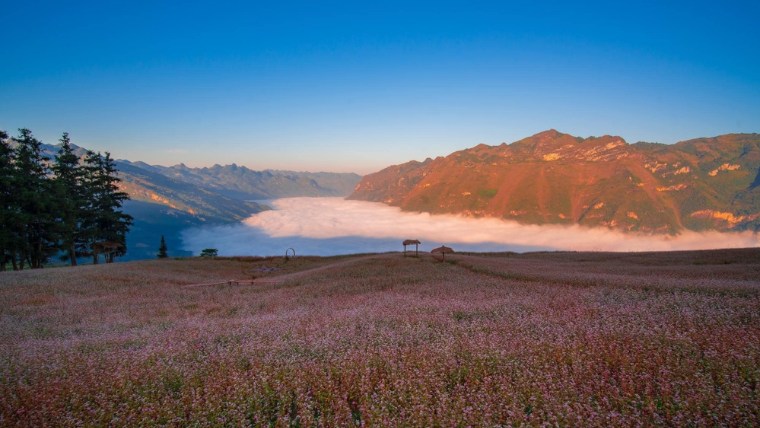
Winter in Ha Giang is the festival season. Ethnic minorities celebrate the harvest, the coming of the new year, and various traditional rites with music, dance, and feasts.
- Buckwheat Flower Festival (Lễ hội hoa tam giác mạch): Held in late November and early December, this festival celebrates the blooming of the pink buckwheat flowers that blanket the valleys. There are parades, folk games, and local food stalls.
- Lunar New Year (Tết): Usually falling in late January or early February, Tết in Ha Giang is a time for family reunions, ancestor worship, and vibrant community gatherings. Each ethnic group has its own customs, from making sticky rice cakes to staging buffalo fights.
- Khau Vai Love Market: While the main event occurs in spring, some villages hold winter “love markets,” where young people from different communities meet to sing, dance, and find romance.
Trekking and Cloud Hunting
Winter is the best time for “cloud hunting” in Ha Giang. Early mornings often bring a sea of clouds rolling through the valleys, particularly around Dong Van, Quan Ba, and Ma Pi Leng. Trekking routes are less crowded and the cooler weather makes hiking more comfortable. Popular treks include the journey from Dong Van to Ta Lang, or the ascent to Lung Cu.
Guided treks are available with local guides who can share insights into the landscape and culture.
What to Pack for Ha Giang Winter
Packing correctly is crucial for a comfortable winter trip to Ha Giang.
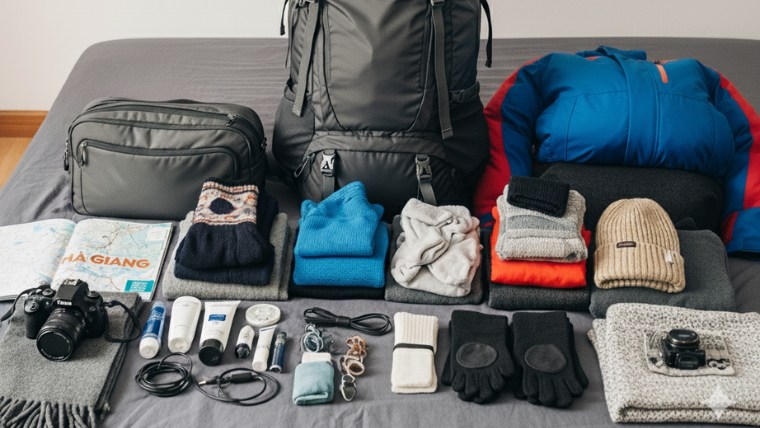
Clothing:
- Layered thermals (top and bottom)
- Fleece or wool sweaters
- Insulated, waterproof jacket
- Warm hat, scarf, and gloves
- Sturdy, waterproof hiking boots
Other essentials:
- Moisturizer and lip balm (the air is dry and cold)
- Sunglasses (for bright, clear days)
- Camera and spare batteries (batteries drain faster in cold weather)
- Reusable water bottle
- Basic medications (cold, flu, altitude sickness remedies)
- Vietnamese dong in small notes (ATMs are rare in remote areas)
Travel tip: Packing hand warmers can be a lifesaver, especially if you’re planning long rides or treks.
Read more: What to Pack for Ha Giang Loop: Essential Guide for a Comfortable Adventure
Where to stay in Ha Giang in Winter?
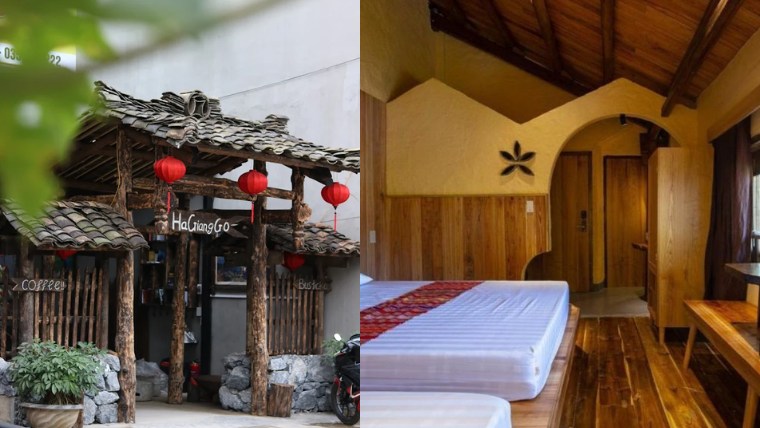
The cold of Ha Giang winter makes a warm, welcoming place to stay even more important.
- Homestays: The best way to experience local culture is by staying in a family-run homestay. Ethnic minority hosts often provide heated blankets, wood fires, and home-cooked meals. Popular areas for homestays include Dong Van, Nam Dam, and Du Gia.
- Eco-lodges: For a touch of comfort, consider a boutique eco-lodge such as P’apiu Resort or Hoang Su Phi Lodge. These places offer modern amenities, stunning views, and environmentally friendly practices.
- Hotels and guesthouses: Ha Giang City, Dong Van, and Meo Vac have a range of budget hotels and guesthouses. Book ahead if traveling during festivals or weekends.
Local Food and Winter Specialties in Ha Giang
- Ha Giang’s food is a highlight of any trip, and winter brings its own culinary delights. The cold weather calls for hearty, warming dishes made from local produce.
- Thang Co: A traditional Hmong stew made with horse meat, organs, and a blend of mountain herbs. It’s a communal dish, usually enjoyed at local markets with friends and a glass of corn wine.
- Au Tau Porridge (Cháo ấu tẩu): This unique porridge is made from the au tau root, rice, and pork. The root is toxic if not prepared correctly, so it’s a specialty best tried at reputable local restaurants. The result is a rich, slightly bitter porridge that’s perfect for cold nights.
- Buckwheat Cakes (Bánh tam giác mạch): Made from the flour of buckwheat flowers, these cakes are slightly sweet and best eaten warm with local honey.
- Smoked Buffalo Meat (Thịt trâu gác bếp): Strips of buffalo meat are smoked over a wood fire, resulting in a tender, flavorful snack ideal to go with corn wine.
- Corn Wine (Rượu ngô): This potent homemade spirit is a winter staple in Ha Giang. Sip it slowly to keep warm!
- Local markets: Don’t miss the winter markets for fresh produce, seasonal fruits, and street food like grilled sausages, sticky rice, and sweet potatoes roasted over open fires.
Essential Travel Tips for Ha Giang in Winter
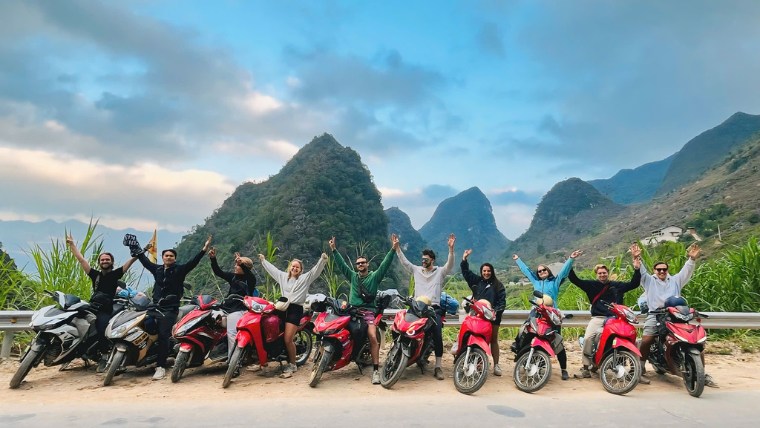
Here are some tips for first-time travelers when visiting Ha Giang Loop in winter:
- Road safety: Ha Giang’s mountain roads are challenging at the best of times—add fog, frost, and occasional ice, and they become even trickier. Only experienced riders should attempt the Ha Giang Loop in winter. Otherwise, hire a local driver who knows the conditions.
- Start early: Daylight is short, and fog is thickest in the late afternoon. Plan to arrive at your next stop by mid-afternoon to avoid driving in the dark.
- Permits: Foreign travelers need a permit to visit border areas like Dong Van, Meo Vac, and Lung Cu. These are easily arranged in Ha Giang City, either at the immigration office or through your guesthouse.
- Connectivity: Mobile signal is good in towns but patchy in remote areas. Download offline maps and keep your family/friends informed of your plans.
- Respect local customs: Winter is a time of important festivals and family gatherings. Always ask before taking photos, dress modestly, and be respectful at ceremonies or in sacred places.
- Health: The cold can be severe, especially at night. Stay hydrated, eat well, and rest if you feel the effects of altitude.
Ha Giang Winter Photography: Capture Ethereal Landscapes
Winter in Ha Giang is paradise for photographers. The combination of mist, cloud, and rugged mountains creates endlessly photogenic scenes.
Best times: Early morning and late afternoon are ideal for “cloud hunting” and golden light.
Top spots to discover:
- Ma Pi Leng Pass: For panoramic canyon views shrouded in fog
- Dong Van Old Quarter: Ancient architecture and lively markets
- Quan Ba Twin Mountains: Often floating above a sea of clouds
- Lung Cu Flag Tower: Sweeping views of the northern border
People: Ethnic minorities wear their most colorful clothes in winter. With permission, portraits can be deeply evocative.
Tips: Bring a weather-sealed camera, spare batteries, and a microfiber cloth to wipe your lens in damp conditions.
See more: Best Time to Do Ha Giang Loop: Complete 2025 Guide for Vietnam's Epic Motorbike Adventure
Ha Giang Winter Itinerary Suggestions
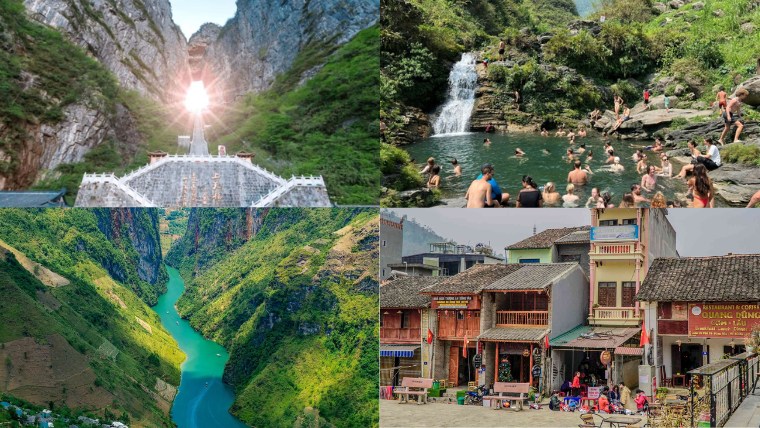
3-day Ha Giang loop adventure:
- Day 1: Arrive in Ha Giang City, pick up your permit, explore Quan Ba Heaven Gate and Nam Dam village.
- Day 2: Drive to Yen Minh, Dong Van, visit Dong Van Old Quarter, trek nearby valleys.
- Day 3: Ma Pi Leng Pass, Meo Vac, return to Ha Giang City.
5-day In-Depth Ha Giang loop journey:
- Day 1: Ha Giang City to Quan Ba, overnight in Nam Dam or Tam Son
- Day 2: Explore Dong Van, Lung Cu Flag Tower, overnight in Dong Van
- Day 3: Sunday market, trek to local villages, overnight in Dong Van
- Day 4: Ma Pi Leng Pass, Meo Vac, Du Gia homestay
- Day 5: Waterfall hike in Du Gia, return to Ha Giang City
Pro tip: Allow extra time for weather delays. Don’t rush - Ha Giang is best experienced at a slow pace.
Frequently Asked Questions About Ha Giang Winter
1. Is Ha Giang safe in winter?
Yes, but take care on the roads and be prepared for cold weather. Always check the forecast and ask locals about conditions.
2. Can I rent a motorbike in winter?
Yes, but only experienced riders should attempt the loop. Roads can be slippery. Consider hiring a driver if unsure.
3. Are there ATMs in Ha Giang?
ATMs are available in Ha Giang City, Dong Van, and Meo Vac, but bring cash for remote areas.
4. Do I need to book accommodation in advance?
It’s a good idea, especially during festivals or weekends. Homestays can fill up quickly.
5. What are the best months for Ha Giang winter?
December and January are the coldest and often the most beautiful, with the greatest chance of frost and cloud seas.
Conclusion: Why You Should Experience Ha Giang Winter
Ha Giang in winter is Vietnam as you’ve never seen it before: wild, raw, and hauntingly beautiful. The cold brings clarity to the air and silence to the mountains, creating a space for reflection and adventure. By visiting in winter, you’ll not only see the landscapes at their most dramatic, but you’ll also experience the warmth of local hospitality, the joy of winter festivals, and the unique flavors of highland cuisine. Ha Giang rewards those who venture off the beaten path and embrace the challenges and wonders of the cold season.
Pack your warmest clothes, bring an open heart, and discover the magic of Ha Giang winter and you’ll return with memories (and photos) that last a lifetime.
